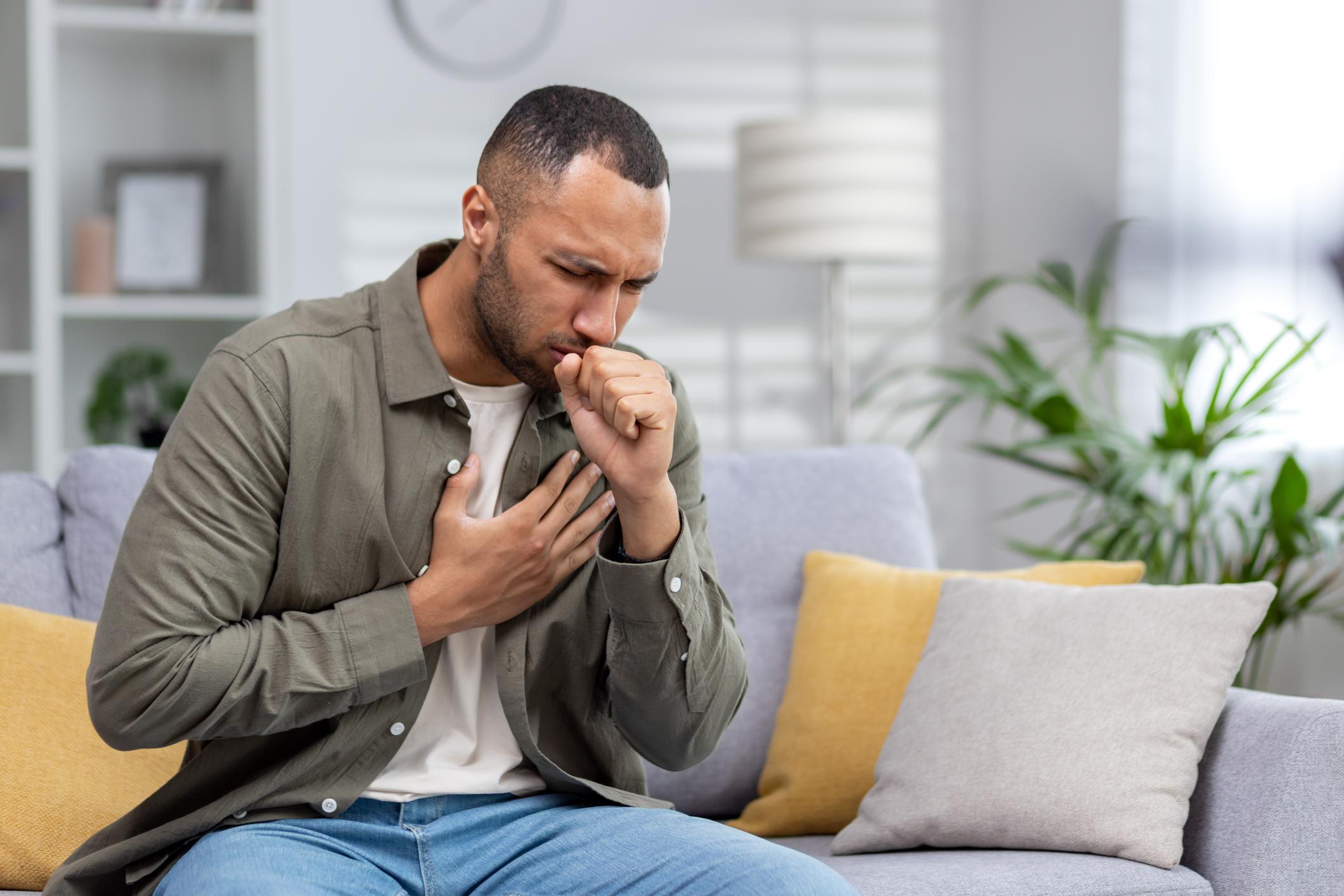A medical emergency hijacked a plane that took off from Brussels on Saturday for Toronto. An extremely rare situation.

A Brussels Airlines plane had to make an emergency landing on Saturday because of a passenger in distress. The aircraft had taken off from Brussels in the direction of Toronto, had to be diverted from its route due to a medical emergency. Although the aircraft was able to land at the nearest airport and the emergency services intervened quickly, nothing could be done to save the passenger. The elderly gentleman died of a heart attack.
Beyond this unfortunate anecdote, what are the risks of attending a medical emergency in an airplane? It seems that serious cases remain in the minority, according to a 2013 study published in the New England Journal of Medicine.
One in 240,000
According to this study, which is based on data from 2008 to 2010, some 44,000 passengers out of 2.75 billion would experience discomfort in flight each year. The most common pathologies are fainting (37% of medical emergencies), difficulty breathing (12%), nausea (9.5%) and heart problems (8%). Accidents related to pregnancy are rare, as are cardiac arrests which only represent 0.3% of cases, as recalled by an article in Le Figaro.
As a passenger, you have a 1 in 604 chance of experiencing discomfort during a flight. Reassuring fact: a doctor was present in 48% of cases, and a nurse in 20%. Surprisingly, the plane is more often hijacked when a doctor is consulted (9% of cases versus 4%).
In the end, it is very rare that a person dies in theft. As a traveler, the probability that you will witness this sad event is 1 in 240,000.
.
















